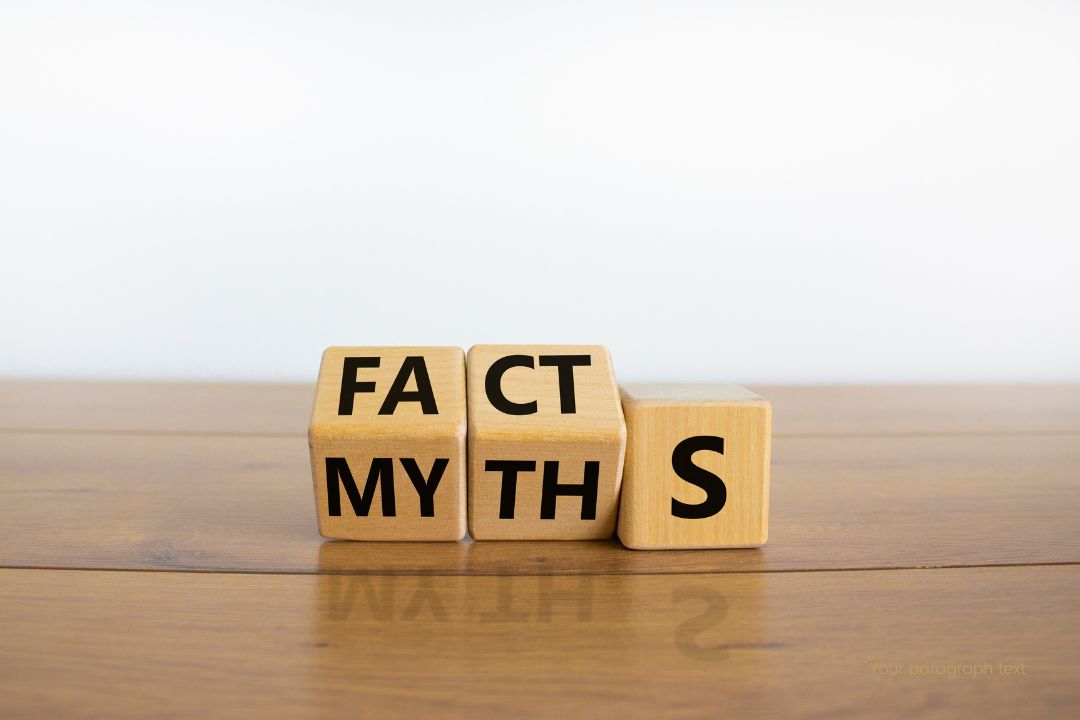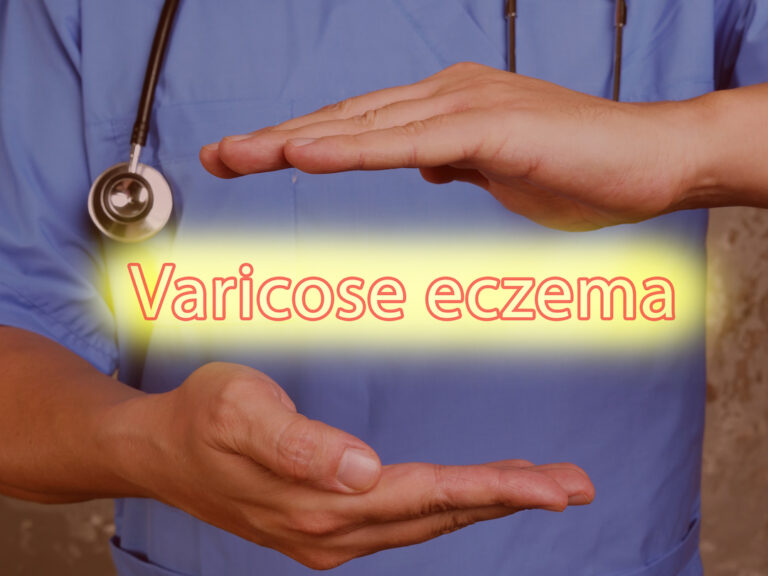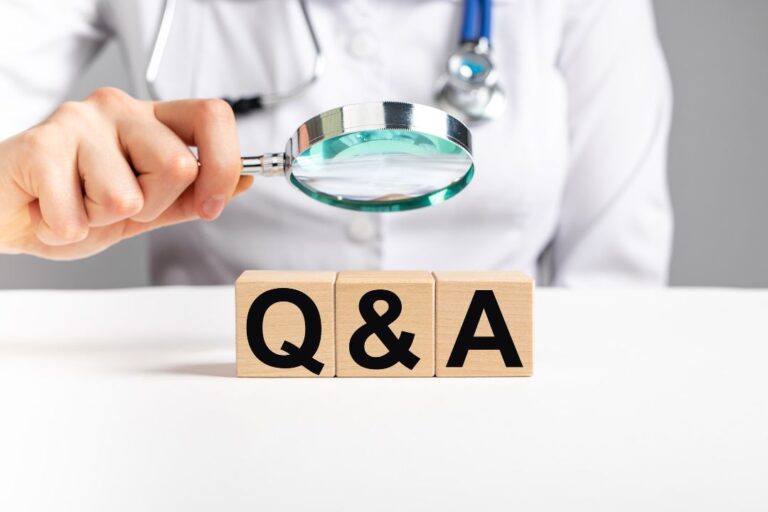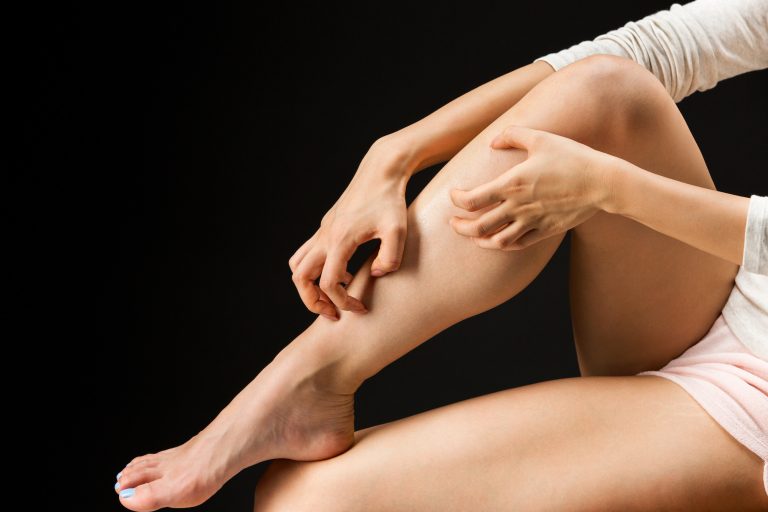Top 5 Myths About Spider Veins Debunked
 Spider veins are tiny, dilated blood vessels that appear near the surface of the skin, often on the legs and face. They are commonly red, blue, or purple and can spread out in web-like patterns. Although they are prevalent, many misconceptions about spider veins can prevent individuals from seeking proper treatment. Let’s debunk five of the most common myths and uncover the facts about spider veins.
Spider veins are tiny, dilated blood vessels that appear near the surface of the skin, often on the legs and face. They are commonly red, blue, or purple and can spread out in web-like patterns. Although they are prevalent, many misconceptions about spider veins can prevent individuals from seeking proper treatment. Let’s debunk five of the most common myths and uncover the facts about spider veins.
Myth 1: Spider Veins Are Purely Cosmetic
Fact: While spider veins are often viewed as a cosmetic issue, they can sometimes indicate underlying vein problems. Spider veins may cause discomfort, including itching, burning, or aching sensations, especially after long periods of standing. In some cases, they can be an early sign of chronic venous insufficiency (CVI), a condition where blood pools in the veins due to weakened valves. Untreated spider veins can progress, potentially leading to larger varicose veins or even venous ulcers. It’s essential to consult a vein specialist to determine whether spider veins are purely cosmetic or symptomatic of a deeper health issue.
Myth 2: Only Older Adults Get Spider Veins
Fact: Although aging increases the likelihood of developing spider veins, people of all ages can experience this condition. Genetics play a significant role, so if your parents or grandparents had spider veins, you may develop them earlier in life. Hormonal changes during puberty, pregnancy, and menopause can also contribute to spider veins. Occupations that require prolonged standing, such as nursing, teaching, or retail work, increase the risk at any age. Maintaining a healthy lifestyle and being proactive about vein health can help reduce the risk, regardless of age.
Myth 3: Crossing Your Legs Causes Spider Veins
Fact: This is a long-standing myth with no scientific evidence. Spider veins result from weakened or damaged valves within the veins, not from sitting with crossed legs. Factors that contribute to spider veins include genetics, obesity, hormonal changes, pregnancy, and prolonged standing or sitting. While crossing your legs might feel uncomfortable for people already experiencing vein issues, it is not a direct cause of spider veins. Instead, focus on improving circulation by moving regularly and elevating your legs when resting.
Myth 4: Spider Veins Can Be Prevented Completely
Fact: While healthy habits can reduce the risk, spider veins cannot be entirely prevented, especially for those with genetic predispositions. Lifestyle changes can significantly lower the likelihood of developing spider veins, but they do not offer guaranteed prevention. Here are some preventative tips:
- Exercise Regularly: Activities like walking, swimming, and yoga improve blood circulation.
- Maintain a Healthy Weight: Reduces pressure on veins.
- Avoid Prolonged Standing/Sitting: Take frequent breaks to stretch and move.
- Wear Compression Stockings: Improves circulation and prevents worsening vein health.
- Elevate Your Legs: Reduces pressure and helps blood flow back to the heart.
Even with these precautions, spider veins can still develop due to factors beyond your control, such as genetics and hormonal changes.
Myth 5: Surgery Is the Only Treatment Option
Fact: Many people believe that invasive surgery is the only way to treat spider veins, but this is far from the truth. Modern medicine offers several minimally invasive and non-surgical treatments, including:
- Sclerotherapy: A common and effective treatment where a solution is injected into the vein, causing it to close and fade.
- Laser Therapy: Non-invasive lasers target and close off small spider veins, making them gradually disappear.
- Endovenous Laser Therapy (EVLT): Uses laser energy to treat larger veins beneath the surface that may contribute to spider veins.
- Compression Stockings: Though not a treatment, they help manage symptoms and prevent progression by improving blood flow.
These treatments are performed in outpatient settings with minimal downtime, allowing patients to return to daily activities quickly. A vein specialist can recommend the most appropriate treatment based on individual needs.
Understanding Risk Factors and Prevention
Understanding the risk factors for spider veins can help manage and potentially reduce their development:
- Genetics: Family history is a significant contributor.
- Hormonal Changes: Pregnancy, menopause, and birth control pills can increase risk.
- Occupational Hazards: Jobs requiring prolonged standing or sitting increase vein pressure.
- Obesity: Excess body weight adds pressure on leg veins.
- Sun Exposure: Excessive sun exposure can damage blood vessels, particularly on the face.
When to Seek Treatment
Spider veins may start as a cosmetic issue but could signal deeper vein problems. Seek medical attention if you experience:
- Persistent leg pain or aching
- Swelling in your legs or ankles
- Skin discoloration around the veins
- Bleeding or ulceration near spider veins
Final Thoughts
Debunking the myths surrounding spider veins allows you to take proactive steps toward better vein health. Early consultation with a vein specialist can prevent complications and improve overall well-being. GJVein offers personalized, minimally invasive treatments to address both cosmetic and medical vein concerns. Contact us today to explore your options for effective spider vein treatment and enjoy healthier, more confident legs.







